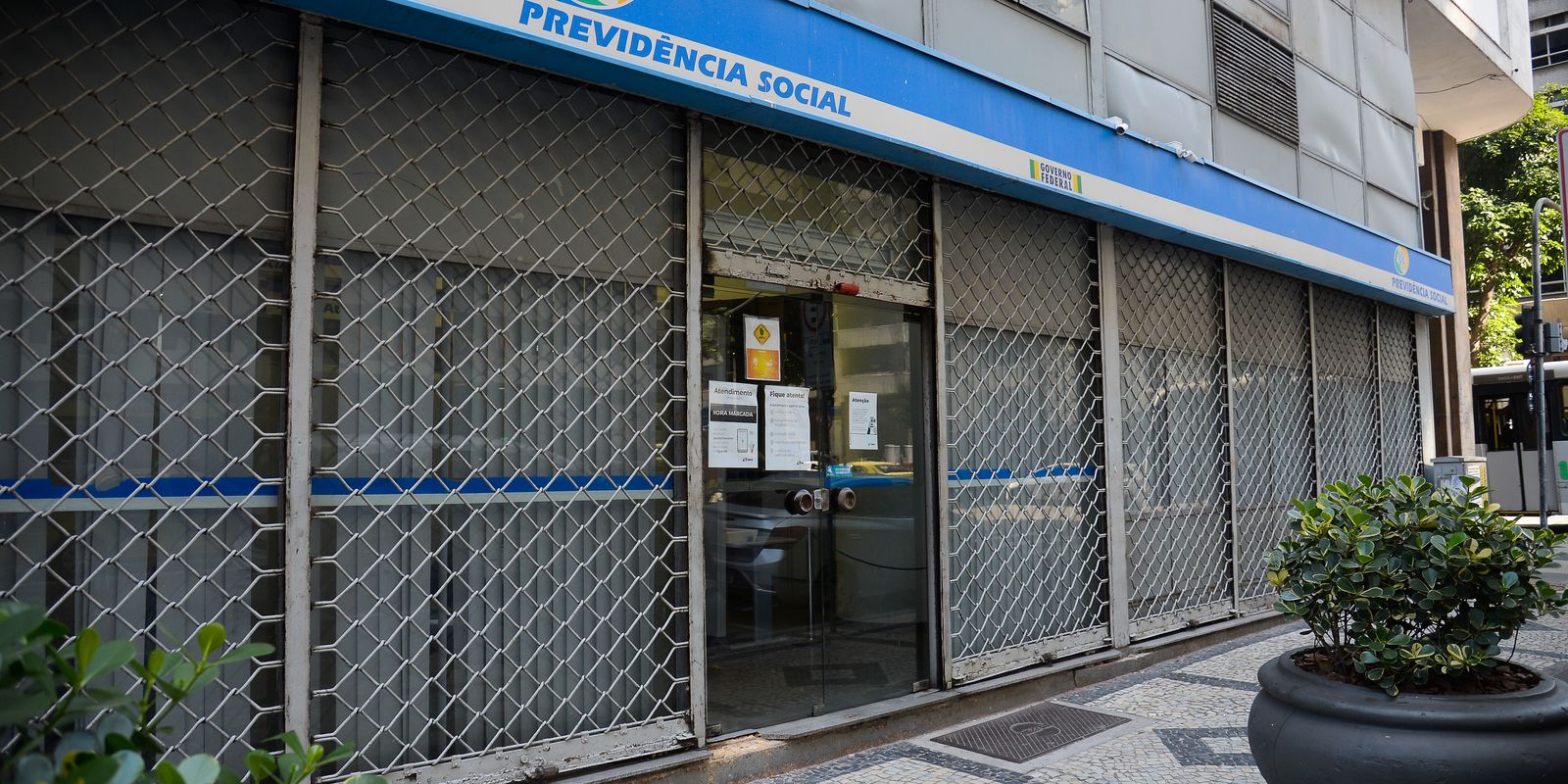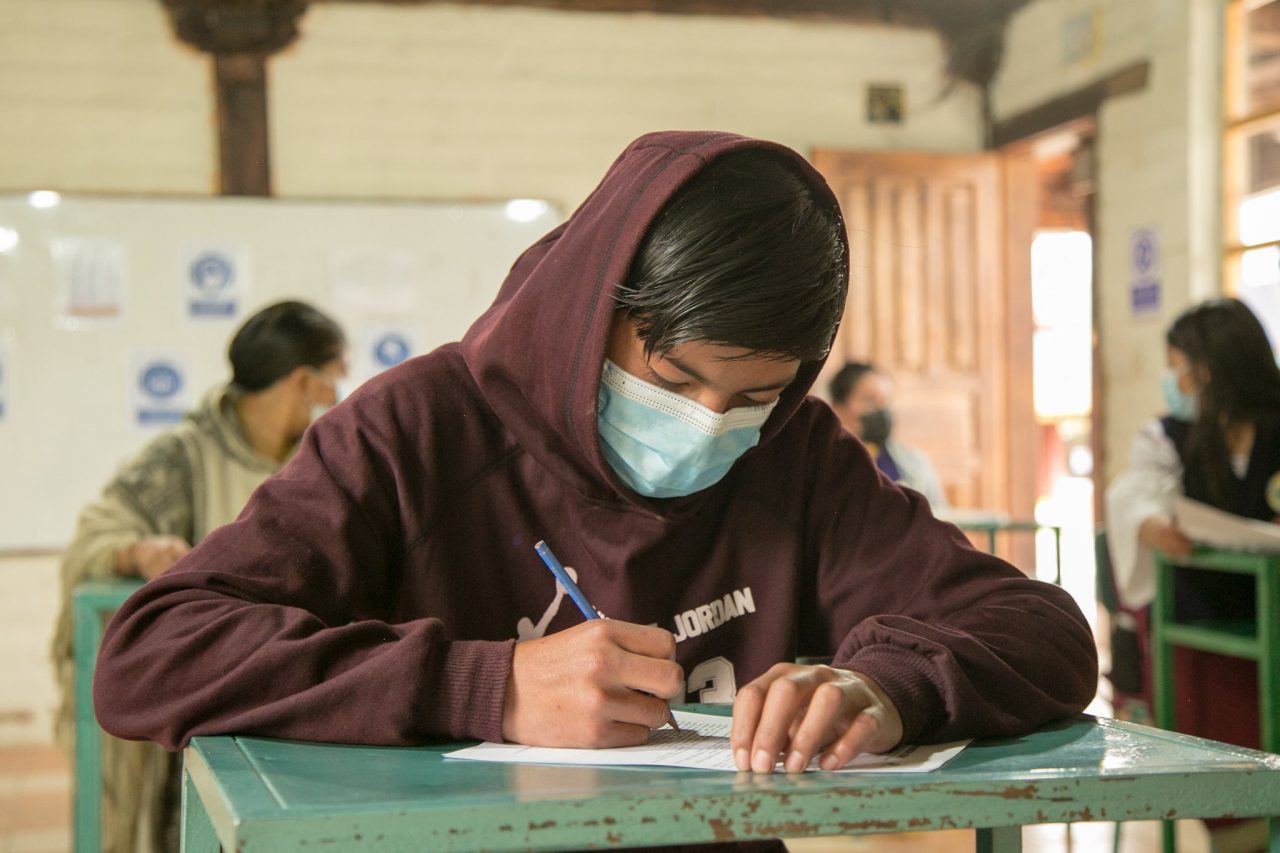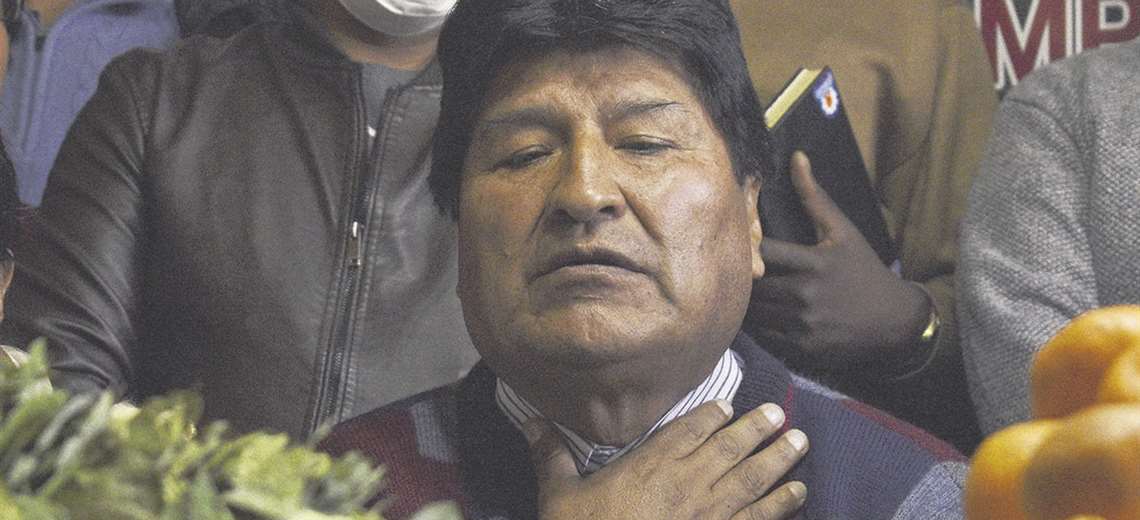Agência Brasil explains what changes in the INSS proof of life
Proof is no longer in person and is based on data crossing
One of the most recurring obligations for retirees and pensioners changed this month. Since last Wednesday (2), the proof of life for those insured by the National Institute of Social Security (INSS) is no longer in person and is based on cross-referencing other government databases.
The rules were changed by concierge published on Official Diary of the Union. The main novelty was the inversion of the verification logic. Instead of the retiree or pensioner proving that he is alive, it will be up to the INSS to certify that the insured person has not died.
Before, the insured had to go to a bank branch. Insured people with facial biometrics registered with the National Traffic Department (Denatran) or the Superior Electoral Court (TSE) could take the digital proof of life on the Meu INSS app. Elderly people aged 80 and over or people with limited mobility could request a home visit, scheduling an appointment by calling 135 or using the Meu INSS app.
Going to the bank will now be optional and used only as a last resort. The INSS will have access to data such as voting in elections; registration of transfers of goods; vaccination; consultations by the Unified Health System; or renewal of documents such as RG, driver’s license or passport. If any movement has taken place in the ten months following the insured’s birthday, the INSS will consider the beneficiary alive.
If there is no record of movement in this period, the agency itself will make other forms of proof of life, to be defined in the future. When announcing the new rules, the INSS informed that it is studying solutions such as the generalization of digital proof of life, with a system of sending photos by application from 2023, or maintaining the sending of public servants to collect biometric data in the home of the retiree or pensioner. According to the INSS, the new process will be implemented gradually until December 31.
The insured’s birthday month as the date for the proof of life has not changed. The new rules already apply to everyone who has a birthday after February 2, the date of publication of the ordinance. If the insured wants to settle issues from previous years, he can go to the bank to do the proof of life in person, if he wants. The ordinance only establishes that he cannot be obliged by the financial institution to look for a bank branch.
Currently, about 35 million retirees and pensioners need to prove, every year, that they are alive, according to the Ministry of Labor and Social Security. According to the INSS, the changes took place to avoid as much as possible that the elderly need to leave the house and to reduce difficulties for policyholders with health problems.









